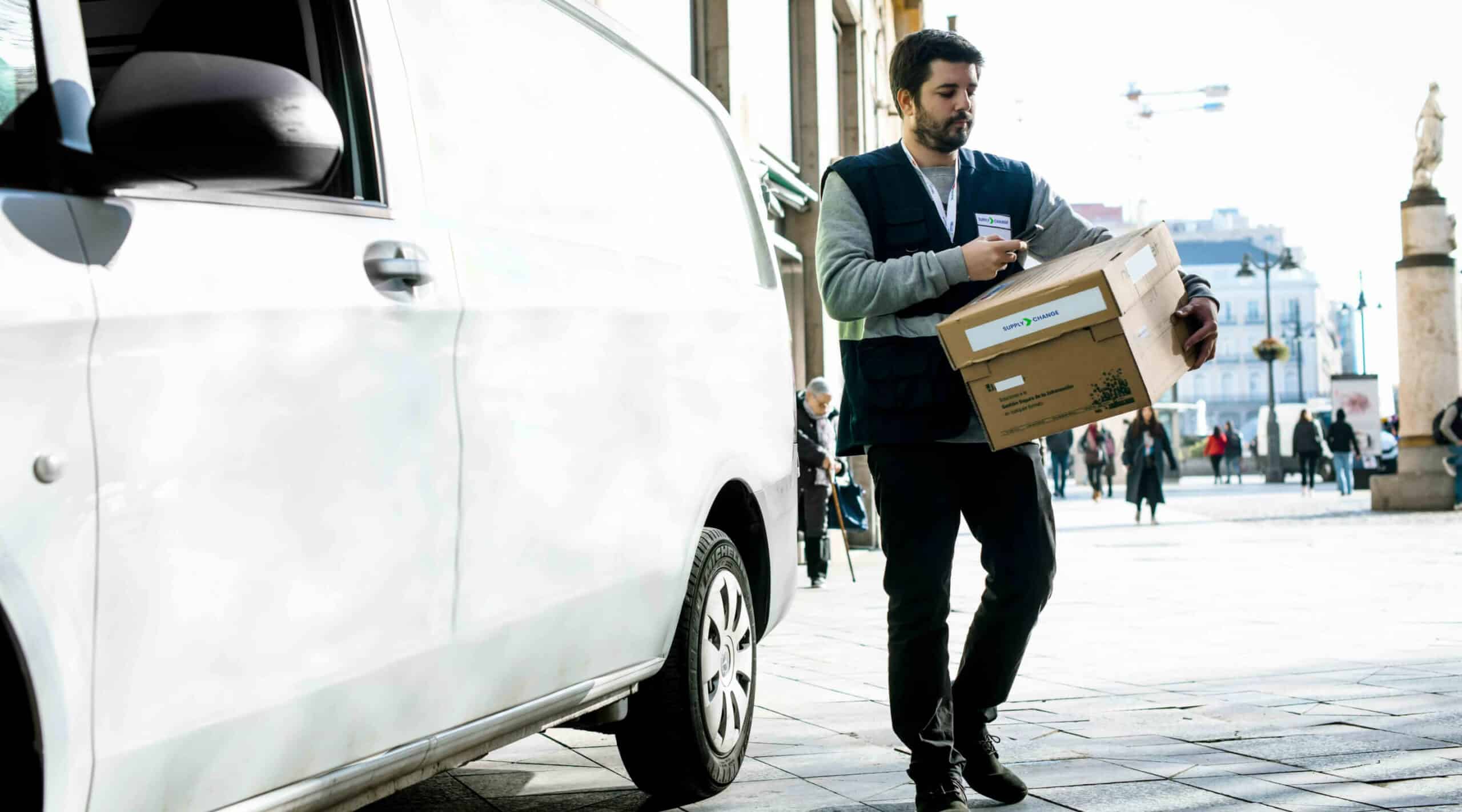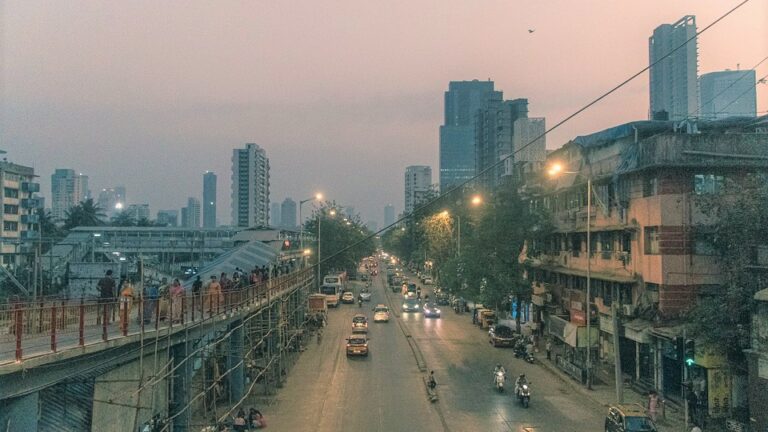Urban Logistics: Backbone of a Growing Industry
By the horizon of 2036, the urban population of India will increase to 38.2% compared to 31.8% in 2011 (Source: Report by Technical Group on Population Projection) leading…
Em December 15, 2021

By the horizon of 2036, the urban population of India will increase to 38.2% compared to 31.8% in 2011 (Source: Report by Technical Group on Population Projection) leading…
Em December 15, 2021
By the horizon of 2036, the urban population of India will increase to 38.2% compared to 31.8% in 2011 (Source: Report by Technical Group on Population Projection) leading to denser population, traffic congestion, pollution, parking issues but also a growing dependency on e-commerce putting pressure on urban logistics to meet consumer needs. With urban freight demand in India projected to increase ~140% by 2030 (Source: RMI India Report), an integrated system with smart transport modes is crucial to urban development, especially in emerging smart cities that are likely to be centers of trade and commerce.
Governments and organisations are collaborating on efforts towards urban logistics systems to decongest the already choking network.
To meet the growing demands, the Indian government has introduced ‘Freight Smart Cities’ which aims to reduce logistics cost and increase urban freight efficiency. By integrating existing distribution networks and warehousing hubs, they aim to reduce traffic, carbon footprint and the high cost of logistics. These efforts will meet the increasing requirements of the e-commerce sector and generate employment while boosting economic competitiveness.

Shifts in consumer behaviour put implementation of urban logistics systems at crossroads with development bottlenecks and economic undercurrents. Streamlining existing logistics solutions with innovative technology can cater to the growing customer demands .
To cater to the e-commerce boom especially in metropolitan cities, logistics supergrids can be created to assimilate multiple supply chains. Real-time information on demand and supply mapped with the city supply chain network can add to the efficiency. Such ecosystems require coordination to consolidate and optimise such a network, a complex task for both between manufacturers and logistics providers.
Consumers in Tier 2 and 3 cities are leveraging the convenience that e-commerce offers and these changing preferences to shop online are visible. This growing consumer base in smaller cities has made the warehousing/logistics industry take a step back and rethink their current strategies and expansion plans. They must now factor in rising demands from semi-urban and rural areas too.
In a developing economy like India, while the warehousing infrastructure is catching up, a big gap remains in quality & equi-development of warehousing infrastructure. Lack of an efficient logistics network, seamless supply chains and a freight network that allows for quick movement of goods is evident. To achieve faster mobility and reduce carbon footprint, logistics companies are exploring use of non-conventional delivery options like the metro rail network in cities like Delhi, Mumbai and Bengaluru.
With the Code Red warning (Source: IPCC Climate Report) for our planet, the need for Green Logistics is not a choice, but a necessity. Warehousing service providers are encouraging use of electric equipment in their facilities. Subsidies by the government and initiatives by bodies like IGBC-CII are promoting use of eco-friendly and renewable resources. While the support system is being created, the challenge lies in wide adoption of these schemes and building a green network.
Preencher o formulário